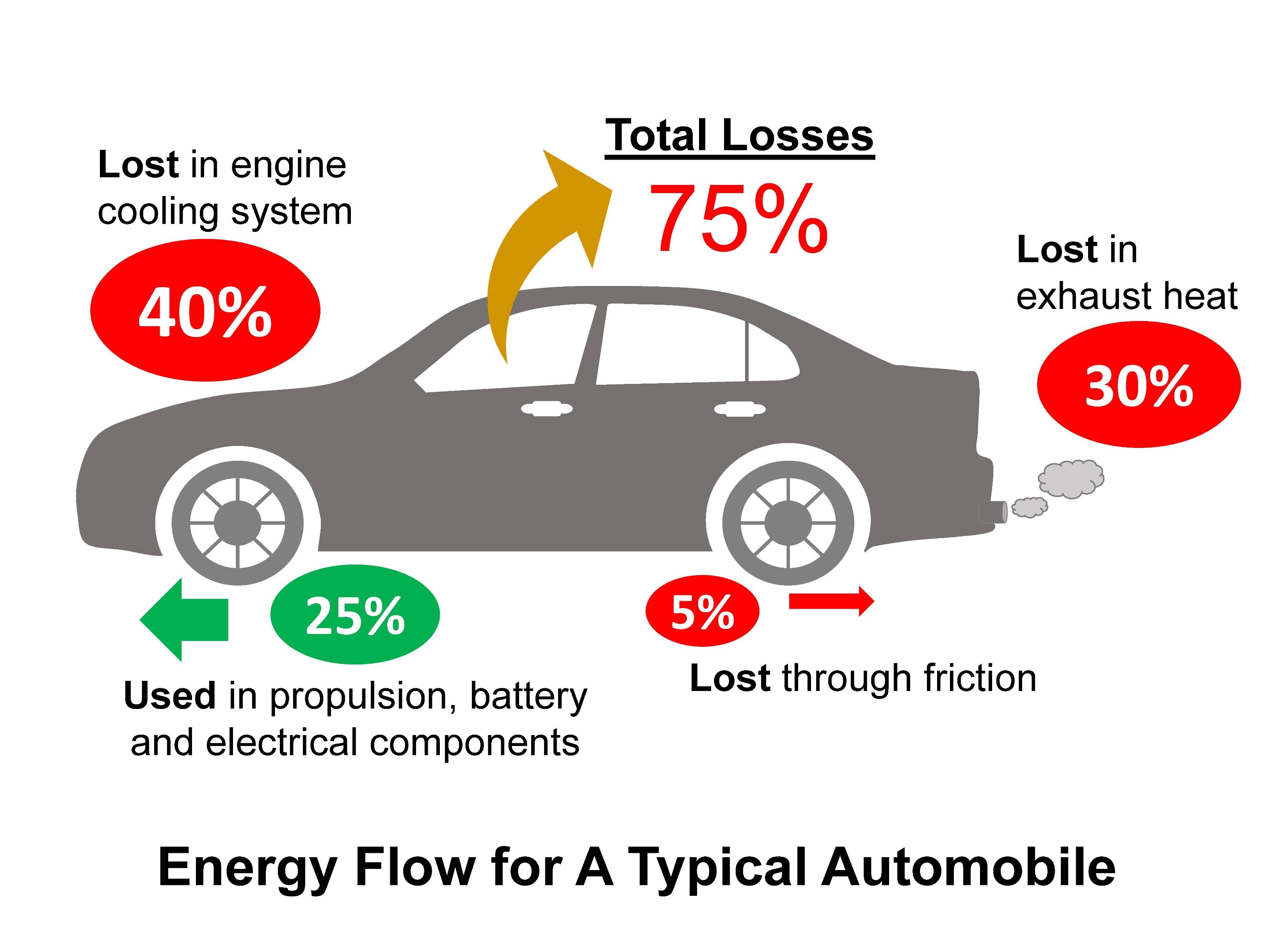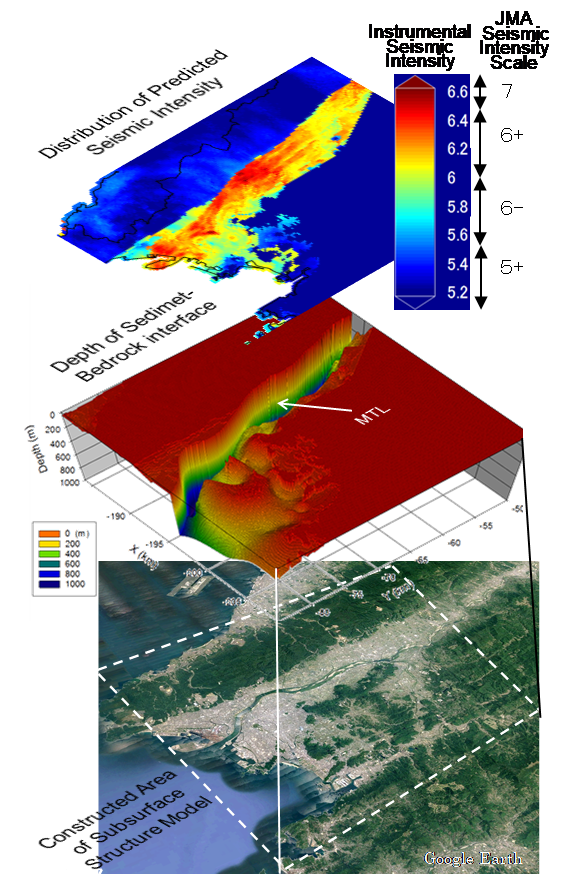Nuclear Disaster Prevention System
Professor
- KUROSAKI Ken, e-mail: kurosaki.ken.6n<atmark>kyoto-u.ac.jp
Associate Professor
- UEBAYASHI Hirotoshi, e-mail: uebayashi.hirotoshi.8x<atmark>kyoto-u.ac.jp
Assistant Professors
- SUN, Yifan, e-mail: sun.yifan.7<atmark>kyoto-u.ac.jp
- TOYAMA, Mari, e-mail: toyama.mari.3p<atmark>kyoto-u.ac.jp
- NACHAITHONG, Theeranuch, e-mail: nachaithong.theeranuch.3s<atmark>kyoto-u.ac.jp
This division covers two fields, materials science and disaster prevention engineering. In the field of materials science, we evaluate the basic physical properties of nuclear fuels and materials. This aims to improve the safety and economic efficiency of nuclear reactors. In addition, we are working to develop high-efficiency thermoelectric materials that directly convert heat into electricity. We are aiming to realize power generation that makes effective use of waste heat from automobiles and factories, and micro-environmental power generation that generates power with a slight temperature difference around us. Furthermore, we are working on “materials informatics,” which is a fusion of materials science and information science.
In the field of disaster prevention engineering, we are conducting research and education on disaster prevention strategies necessary for stable energy supply and continuous living. About 20% of the world’s largest earthquakes of magnitude 6 and above occur in and around Japan. In such a harsh natural environment, improving the earthquake resistance of energy-related facilities and cities and resilience after damage are important for stable energy supply. We are conducting research on the prediction of ground and facility shaking and the vibration characteristics of buildings, which are necessary for these earthquake disaster prevention measures.
 |
 |
|
Fig. 1. Energy flow in automobiles, 75% of the energy of gasoline fuel is wasted as heat. This heat can be recovered by thermoelectric conversion, converted into electricity, and reused. |
Fig. 2. Constructed three-dimensional subsurface structure model (middle) beneath the Wakayama Plain and measured seismic intensity distribution (upper) derived from the strong ground motion simulation due to assumed fault rupture model of the Median tectonic line. |




